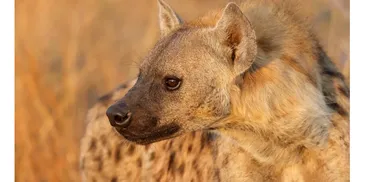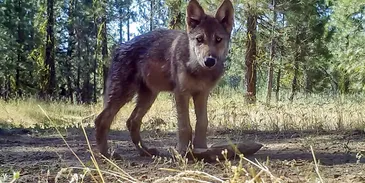The Asian badger (Meles leucurus) is a medium-sized, burrowing mammal native to parts of Central and East Asia, including Russia, China, Mongolia, and the Korean Peninsula. It has a sturdy, low-slung body, a short tail, and a distinctive facial pattern featuring white stripes running from the nose to the ears, similar to its European cousin. Its coarse coat ranges from grayish-brown to yellowish, depending on region and season. Primarily nocturnal and solitary, the Asian badger lives in underground burrows called setts and feeds on a varied diet of earthworms, insects, small mammals, fruits, and roots. Adaptable and resilient, it is currently listed as Least Concern, though it faces localized threats from habitat loss and hunting.


My First Reaction Was Disbelief – Spotted Hyena Seen in Egypt for First Time in 5,000 Years [Discover Wildlife – January 22, 2025]
What’s This Story About: A spotted hyena was spotted—and killed—in southeastern Egypt, marking the species’ first confirmed presence there in 5,000 years. Found 500km north of its expected range, this unexpected sighting has scientists scrambling to understand what it was doing so far from home.
Why This Story: This incident raises serious questions about shifting habitats, climate pressures, and fragmented ecosystems. That a lone hyena wandered into unfamiliar terrain—and was immediately killed for acting like a predator—says more about human intolerance than natural behavior.

The Indigenous Range of the Tiger (Panthera tigris) [Diversity and Distribution, a Journal of Conservation Biogeography – January 18, 2025]

A new wolf pack, irate ranchers, and the astonishing comeback of California’s most celebrated predator [San Francisco Chronicle – October 13, 2024]
What’s This Story About: A newly formed wolf pack has been spotted in Northern California, marking a major milestone in the species’ return to the region. While conservationists are celebrating the comeback, local ranchers are voicing concern over livestock safety and increased tension with wildlife.
Why This Story: It’s challenging to call the wolf’s return to northeastern California a government conspiracy when the critters came back on their own.
More accurately and appropriately, you can call their return a great example of natural rewilding. Wolves belong in California us much as we humans do, both species are native to the area.